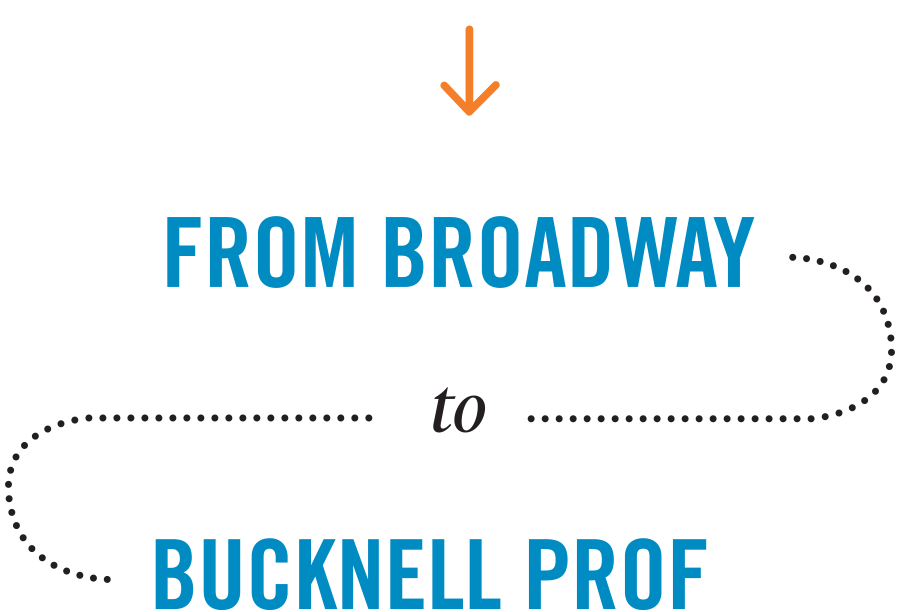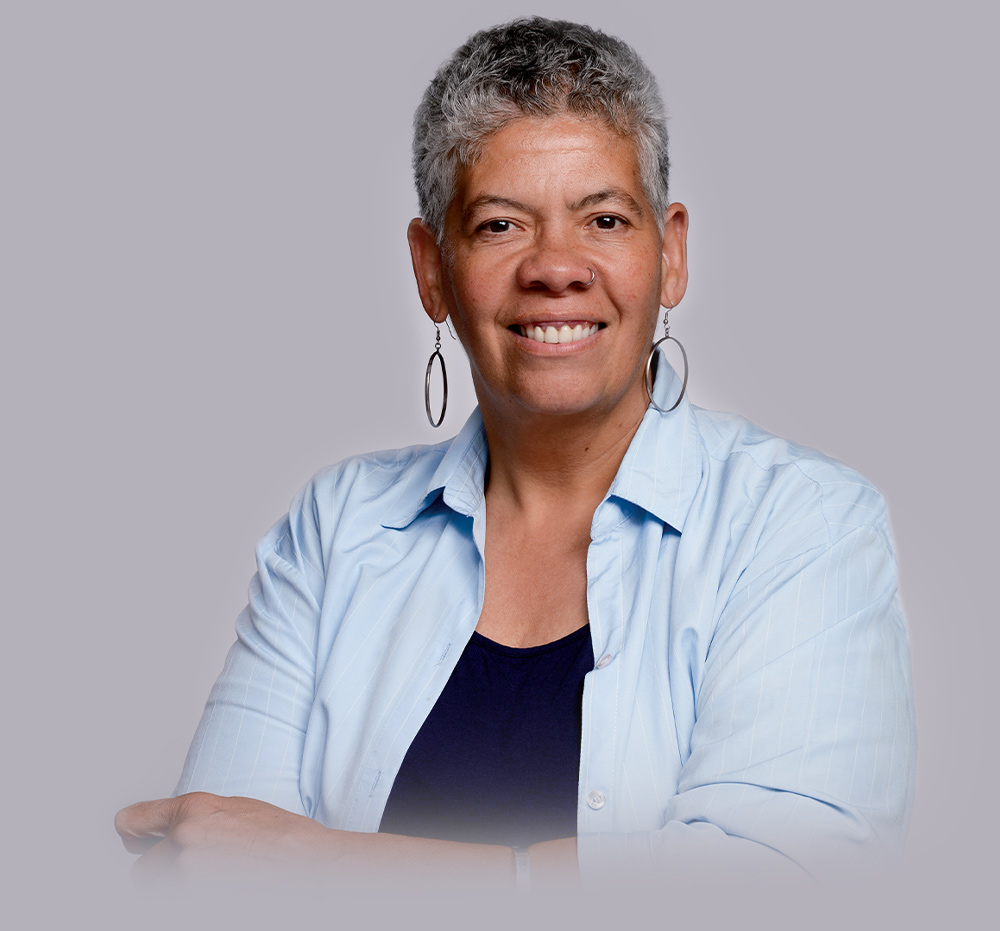
by Beth Kaszuba
Professor Jaye Austin Williams, Africana studies, knows something about taking risks. Active in the theatre since the 1970s, she was an actor, director and playwright before pursuing a doctorate in her 50s.
“The whole academic thing is a second chapter for me, so I have the benefit of being a newbie and an oldie,” says Williams, a drama theorist who focuses on black studies.
“Challenge” is a theme that resonates with Williams, who at age 8 marched on Washington, D.C., with Martin Luther King Jr. A former resident director with ONYX, a theatre that produces works by and for deaf and hard-of-hearing individuals of color, she also set a Broadway precedent by hiring two deaf American Sign Language interpreters for a production of Emily Mann’s Having Our Say. Today, she analyzes racial antagonisms by police as well as state, civic and social groups to illuminate the ways in which they impact blacks — straight, queer, hearing, deaf, able-bodied and disabled — around the world.


Professor Jaye Austin Williams, Africana studies, knows something about taking risks. Active in the theatre since the 1970s, she was an actor, director and playwright before pursuing a doctorate in her 50s.
“The whole academic thing is a second chapter for me, so I have the benefit of being a newbie and an oldie,” says Williams, a drama theorist who focuses on black studies.
“Challenge” is a theme that resonates with Williams, who at age 8 marched on Washington, D.C., with Martin Luther King Jr. A former resident director with ONYX, a theatre that produces works by and for deaf and hard-of-hearing individuals of color, she also set a Broadway precedent by hiring two deaf American Sign Language interpreters for a production of Emily Mann’s Having Our Say. Today, she analyzes racial antagonisms by police as well as state, civic and social groups to illuminate the ways in which they impact blacks — straight, queer, hearing, deaf, able-bodied and disabled — around the world.